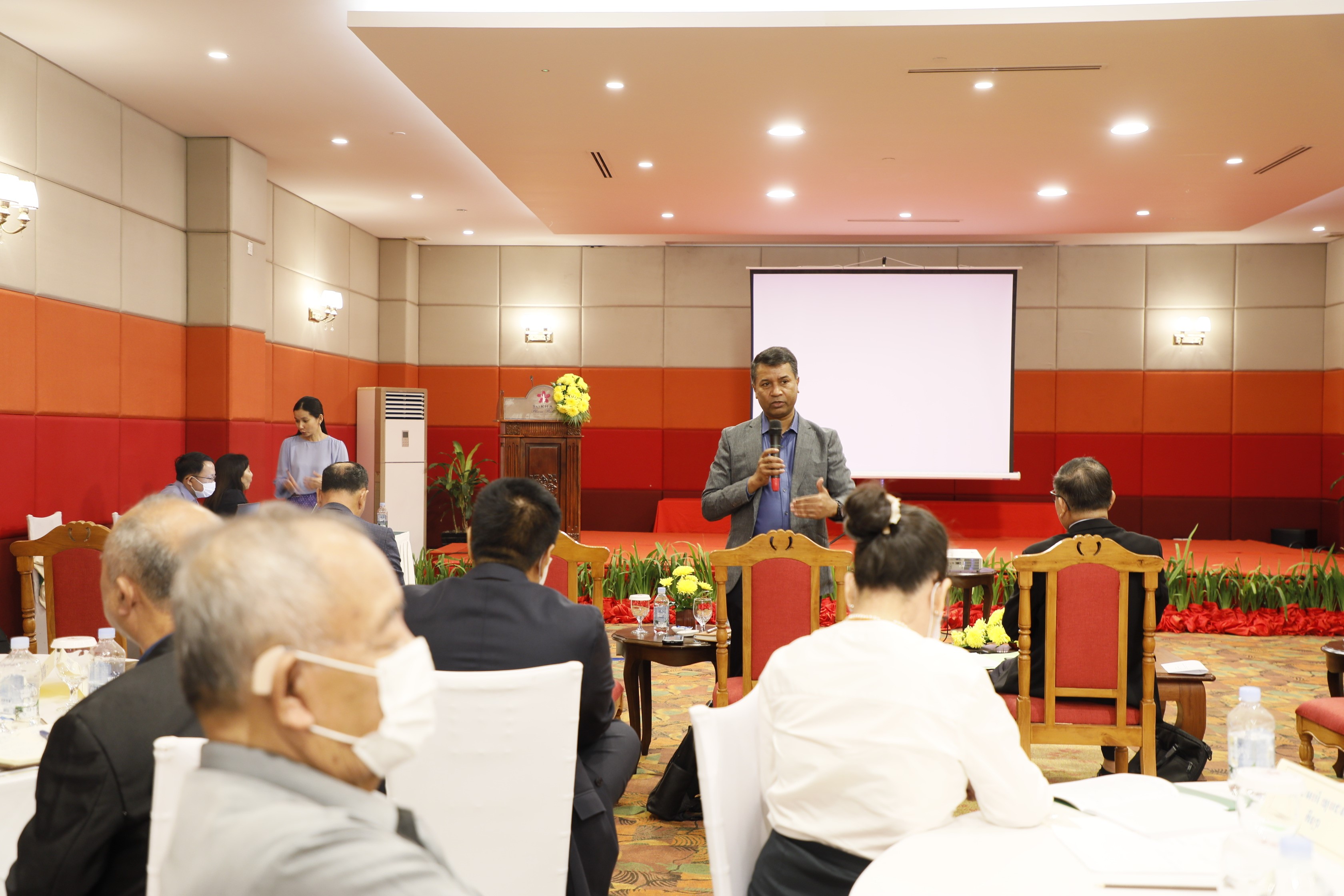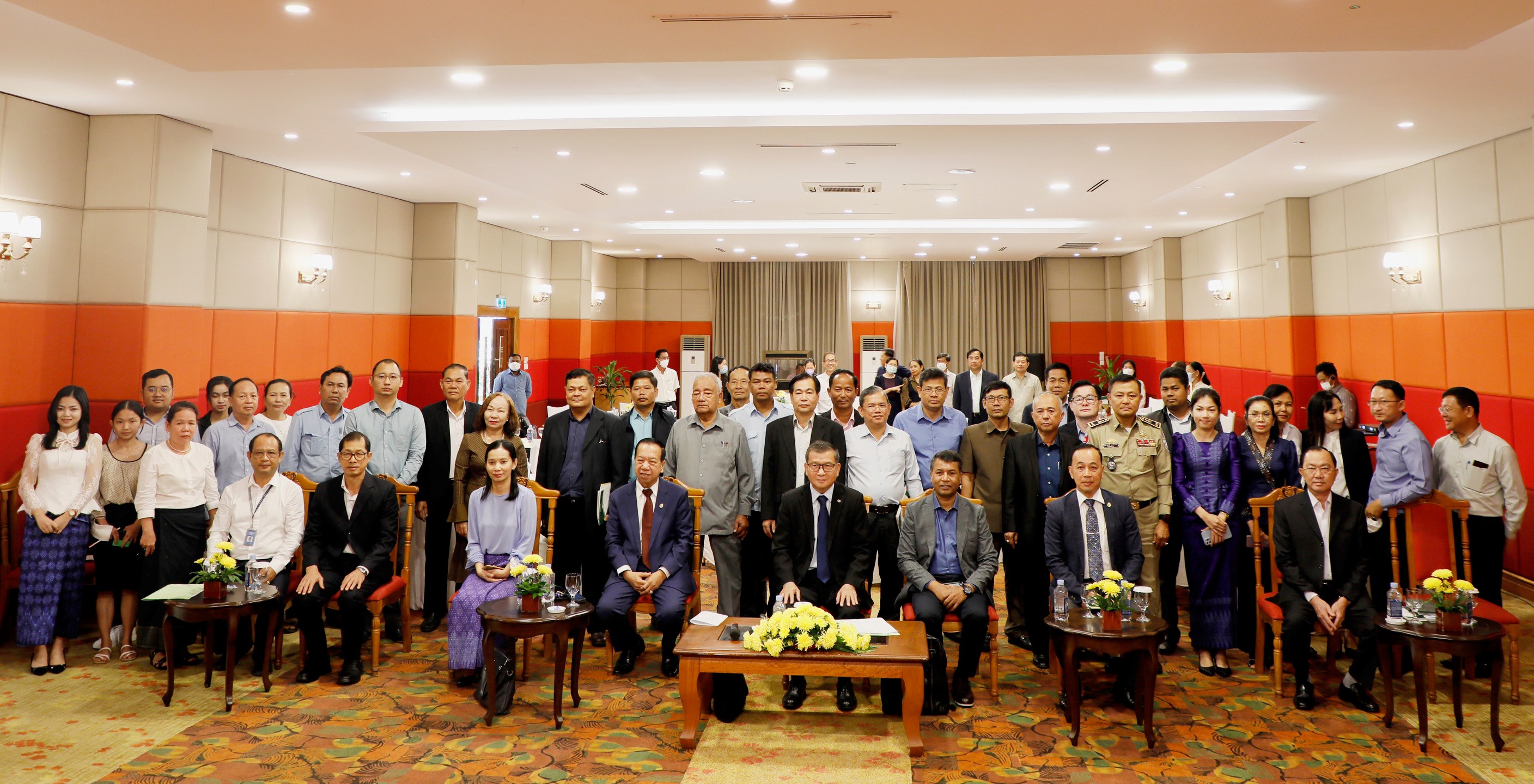New findings show that the number of people smoking is decreasing in Cambodia, according to the results of a national tobacco survey.
Cambodia faces a major public health challenge due to the significant burden of disease and premature death caused by tobacco use. The World Health Organization (WHO) reports that tobacco use is the leading preventable cause of death in Cambodia, resulting in over 16,000 deaths annually. Additionally, the economic impact of tobacco use in Cambodia is substantial, with an estimated annual cost of over $227 million due to healthcare expenditures and lost productivity.
Cambodia’s National Adults Tobacco Survey (NATS) 2021 results show that overall cigarette smoking prevalence reduced from 16.6% in 2014 to 13.04% in 2021. There was a 21.4% relative decrease in cigarette smoking prevalence among men (from 32.3% in 2014 to 25.37% in 2021) and a reduction among women from 2.4% in 2014 to 2.05% in 2021.
Attitudes of Cambodian people are also changing, with 95% of respondents supporting an increase in cigarette tax, and 95.75% supporting an increase in the price of tobacco products.
By comparing the 2014 and 2021 data, the percentage of people exposed to tobacco smoke at home and workplaces reduced from 65.6% to 27.36% and from 48% to 24.6% respectively. However, the exposure to tobacco smoke in public transportation vehicles increased from 33.6% in 2014 to 62.03% in 2021.
Dr. Chhordaphea Chea, Director of the National Center for Health Promotion, Ministry of Health Cambodia, said: “The results of this survey show that Cambodia is on the right track in tobacco control and it’s time to make innovative efforts to bring down smoking prevalence significantly.”
In Cambodia, a picture warning is required to cover 50% and a text warning covers 5% of the upper front and upper back panels of all tobacco product packages. NATS shows that awareness of these warnings was good as more than 90% of males and 89.65% of females saw the health warning on cigarette packages in the past 30 days. Over 80% of respondents – 84.10% of males and 82.55% of females – supported larger pictorial health warning on a cigarette packages.
However, there is still a lot to do as other results show a need for improvement in areas such as smoking cessation. NATS results show that most tobacco smokers (62.41%) were not interested in quit smoking. More than one-third of males (34.72%) and females (37.79%) planned to quit someday – but not within the next 12 months.
The International Union Against Tuberculosis and Lung Disease (The Union) has provided technical assistance and some financial support to deliver the NATS, as well as encouraged WHO, WHO FCTC Secretariat and government to make this a priority.
Tara Singh Bam, Regional Director, The Union Asia Pacific said: “These positive results reflect the success of the comprehensive tobacco control legislation and sustained whole-of-government efforts. The Union remains committed to building its partnership with the Ministry of Health, as well as other national and international partners, in promoting tobacco control and ultimately ending tobacco use”

The Union established a partnership with Cambodia’s Ministry of Health (MoH) in 2014 through the signing of a Memorandum of Understanding. Since then, several key achievements have been made in tobacco control. Cambodia ratified its tobacco control law in April 2015. In the same year, The Union and the MoH reaffirmed their partnership with the goal of supporting the establishment of the necessary sub-decrees to implement the tobacco control law of 2015. These sub-decrees covered a range of key provisions, such as smoke-free environments, a ban on tobacco advertising, promotion, and sponsorship (TAPS), and the use of pictorial health warnings on tobacco products. Following the establishment of the necessary sub-decrees to implement the tobacco control law, these policies were developed and subsequently came into force.
In 2017, with the help of the MoH and The Union, the Cambodian Subnational Government Alliance for Tobacco Control was established with the goal of strengthening the implementation of the tobacco control law. This initiative has led to significant progress at the subnational level, including the development of local leadership and accountability for tobacco control efforts. These efforts continue today and include building partnerships with governors, vice-governors, and related national ministries.
Despite the COVID-19 pandemic, MoH sustained its efforts and since 2020 have conducted training of inspectors, established tobacco control committees at the subnational level, initiated smoking cessation programs, enhanced supervision and market monitoring, industry interference monitoring and prevention. The Union has also provided technical assistance and some financial support as well as encouraged WHO, WHO FCTC Secretariat and government to put this agenda on priority and joined hands together to complete the National Adults Tobacco Survey.
The Union, in January 2023, signed a new Memorandum of Understanding with the MoH to advance tobacco control efforts further in Cambodia. This partnership will continue to prioritise the implementation and enforcement of the comprehensive tobacco control law, expanding smoke-free environments, strengthening taxation and pricing policies, and developing innovative approaches to address emerging tobacco products and industry tactics.

